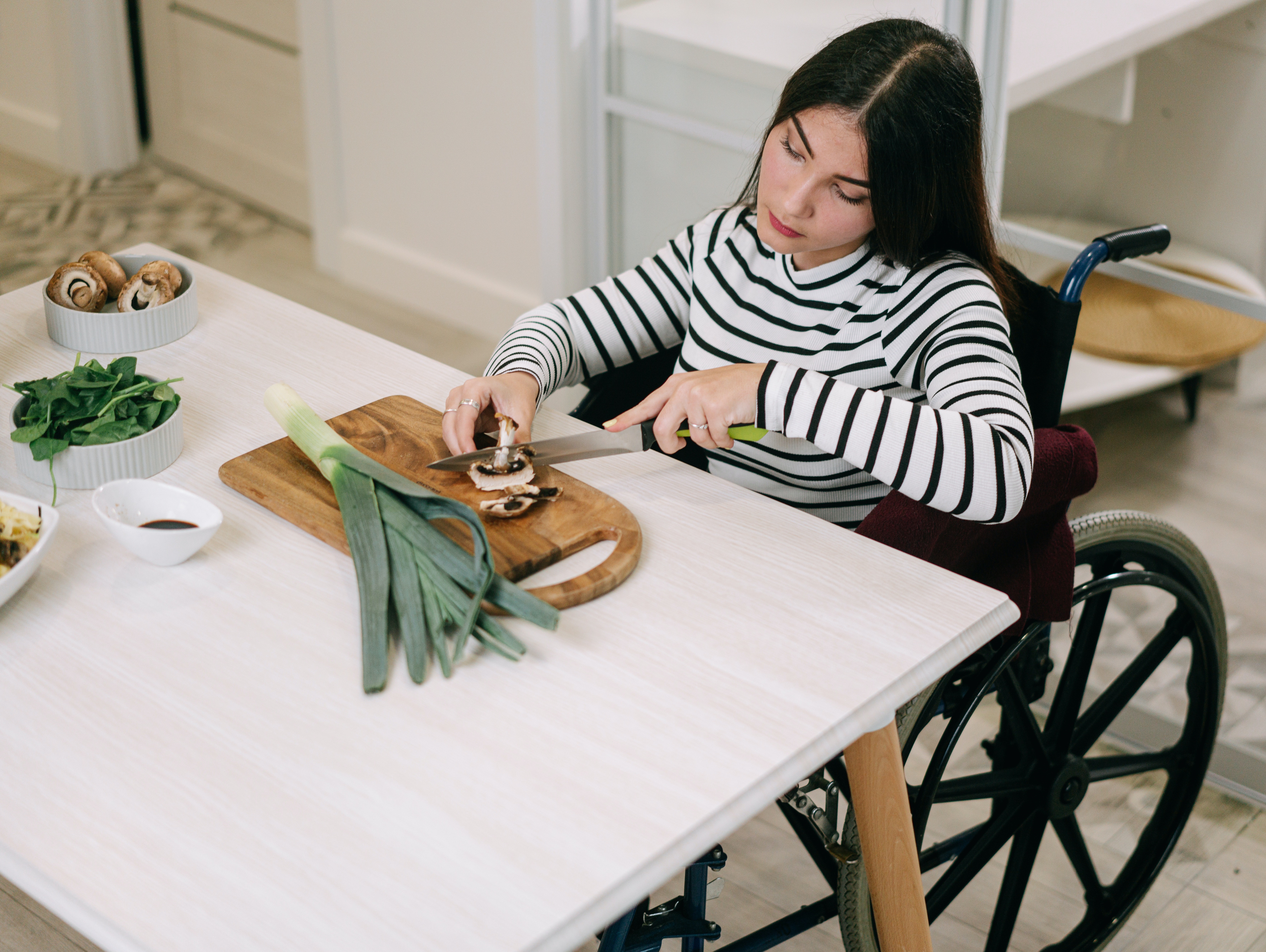Accessible Living
Significance of Accessible Living
Accessible Living, guided by the principles of the Americans with Disabilities Act (ADA), plays a vital role in creating inclusive environments for everyone, including people with disabilities and senior citizens. It involves designing and constructing living spaces that are easy to navigate, safe, and comfortable for all, regardless of physical ability or age.
Inclusion:
Accessible living ensures that everyone has an equal opportunity to use and enjoy their living spaces. It promotes inclusion by removing physical barriers that may limit mobility or independence.
Safety and Comfort:
By accommodating individual needs, accessible living improves safety and comfort. This could mean installing grab bars in bathrooms, ensuring hallways are wide enough for wheelchair access, or incorporating no-step entries into designs.
Independence:
Accessible living allows people with disabilities and senior citizens to live independently for longer. It enables individuals to perform everyday tasks with ease, enhancing their quality of life and self-confidence.
Future-Proofing:
Incorporating accessible features during design and construction can also be seen as a form of future-proofing. As we age, our mobility and physical capabilities can change. An accessible design ensures that a living space will continue to meet an individual's needs throughout their lifetime.
Concluding Thoughts
Accessible Living is not just about compliance with regulations; it is about creating spaces that respect and acknowledge the diversity of human experiences and capabilities. By embracing accessible living principles, we create more inclusive, safe, and comfortable environments that benefit everyone.

